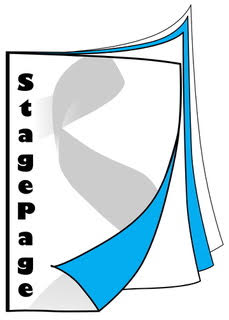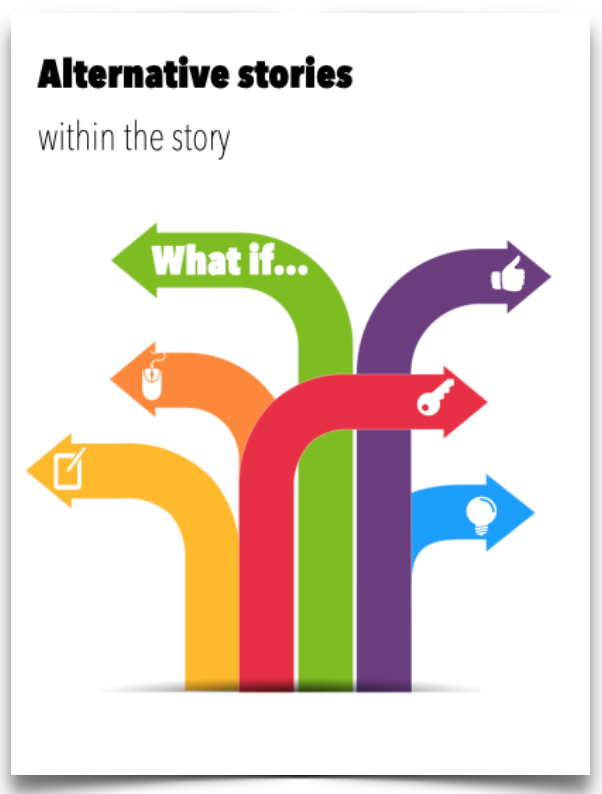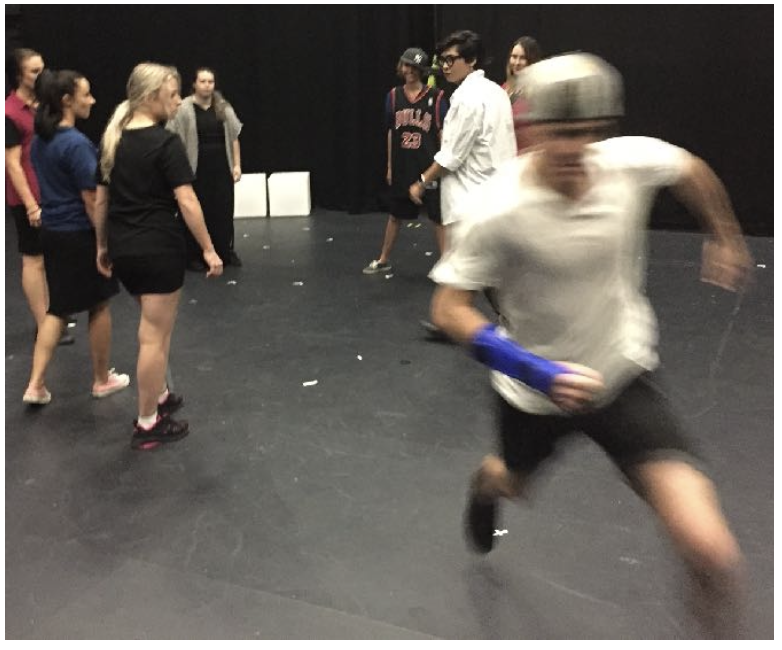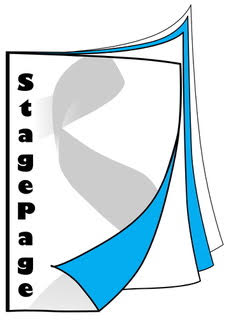The power of music and song in children’s theatre
/Last week I took our 4 -year- old grandson and his Mum to our state theatre to see a school holiday offering for young kids – “Room On The Broom”, based on the award winning children’s picture book by Julia Donaldson and Alex Scheffler, published by Macmillan Children’s books.
The show was in the main theatre, the Heath Ledger Theatre, and because ours was an impromptu decision to attend, we were seated in the last available seats, right up at the back of the circle and some distance from the stage. This did not bother young William in the least; he was intrigued by the size of the theatre and the height from which he was watching the stage. It was the largest theatre he has been in, to date, and I’d imagine it was the same for many in the young audience. Around us were children ranging in age from babies to around the 8 years mark. Lots of grandparents.
I wondered how we would all fare up there, so far from the action on stage, when the show started.
As it turns out, the physical distance did not prove a problem for William, nor for kids of similar age. Younger children were more easily distracted, but that age were distracted downstairs in the stalls as well.
The show was just the right length – about 55 minutes – and delivered with an energy of around 150%. This would be exhausting for an audience if sustained for much longer, but seemed an important component in holding their attention in this short show.
There were puppets – big, realistic, glove style puppets. And the actors operating them provided their voices. (At one stage the actor managing the dog and the frog mixed up his accents but no one much minded). Suspension of disbelief was abundant, which was wonderful to see in this audience. (Side note – last holidays we went to a puppet show where the puppets were made of fruit and veges. This was a step too far for our 4- year- old – “You can’t really make a puppet out of vegetables, can you?”)
The main actor characters were the witch and her cat – a costumed actor - and the audience loved them.
But by far the component of the show which held it all together and brought kids’ attention back to the stage was the music. Backing -tracks and live singing – in parts, and of a high standard. Fun songs with catchy but easy tunes. Towards the end we were all invited to join in the refrain of the final song – and we did it lustily. Audiences love to join in.
As the performance ended, William declared, “That was a really good show”. And it was. But without the music it would have been so much less.
As we walked to lunch in the city, I was thinking about how enriching music and song is to so many of young children’s learning. It is of course learning in its own right, but music also enables so much more in us.


































